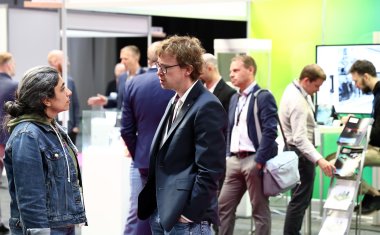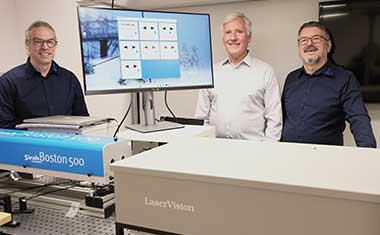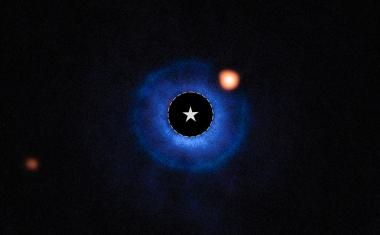Accelerator Physics and Engineering
A. Wu Chao, K. H. Mess, M. Tigner, F. Zimmermann (Hrsg.): Accelerator Physics and Engineering, World Scientific, Singapur 2013, 848 S., geb., 88 £, ISBN 9789814415842
A. Wu Chao, K. H. Mess, M. Tigner, F. Zimmermann (Hrsg.)

Edited by internationally recognized authorities in the field, this expanded and updated new edition of the bestselling Handbook, containing more than 100 new articles, is aimed at the design and operation of modern particle accelerators. It is intended as a vade mecum for professional engineers and physicists engaged in these subjects. With a collection of more than 2000 equations, 300 illustrations and 500 graphs and tables, here one will find, in addition to the common formulae of previous compilations, hard-to-find, specialized formulae, recipes and material data pooled from the lifetime experience of many of the world's most able practitioners of the art and science of accelerators.
The eight chapters include both theoretical and practical matters as well as an extensive glossary of accelerator types. Chapters on beam dynamics and electromagnetic and nuclear interactions deal with linear and nonlinear single particle and collective effects including spin motion, beam-environment, beam-beam, beam-electron, beam-ion and intrabeam interactions. The impedance concept and related calculations are dealt with at length as are the instabilities associated with the various interactions mentioned. A chapter on operational considerations includes discussions on the assessment and correction of orbit and optics errors, real-time feedbacks, generation of short photon pulses, bunch compression, tuning of normal and superconducting linacs, energy recovery linacs, free electron lasers, cooling, space-charge compensation, brightness of light sources, collider luminosity optimization and collision schemes. Chapters on mechanical and electrical considerations present material data and important aspects of component design including heat transfer and refrigeration. Hardware systems for particle sources, feedback systems, confinement and acceleration (both normal conducting and superconducting) receive detailed treatment in a subsystems chapter, beam measurement techniques and apparatus being treated therein as well. The closing chapter gives data and methods for radiation protection computations as well as much data on radiation damage to various materials and devices.
A detailed name and subject index is provided together with reliable references to the literature where the most detailed information available on all subjects treated can be found.











